Results 41 to 50 of 313
-
11-07-2012, 04:46 AM #41Senior Member

- Join Date
- Sep 2010
- Posts
- 2,169
Thanked: 220 American Knife Co. Plymouth Hollow, Conn.
American Knife Co. Plymouth Hollow, Conn.
Sorry, I can't tell you much about these, but it sounds like you already have it covered! Thanks for posting these fine pieces, and also for the interesting history lesson on them. It looks like you really did your research on these ones.
-
11-07-2012, 04:48 AM #42Historically Inquisitive



- Join Date
- Aug 2011
- Location
- Upstate New York
- Posts
- 5,782
- Blog Entries
- 1
Thanked: 4249
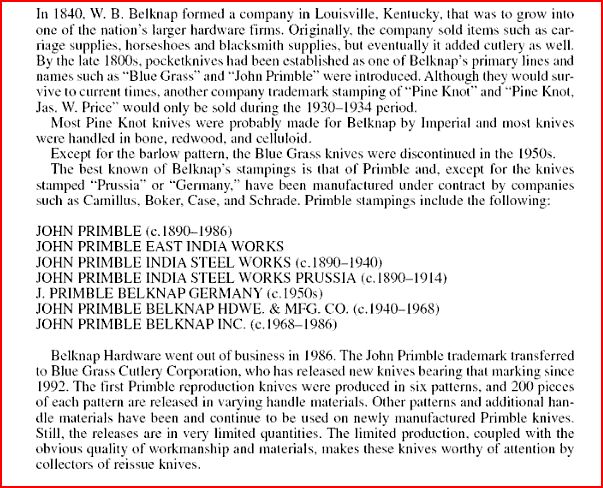 Pretty much the same info Wullie posted!
Pretty much the same info Wullie posted!
-
11-07-2012, 03:02 PM #43
-
11-07-2012, 03:19 PM #44

Ohhhtay. Empire Knife Co!
The Empire Knife Company was once a driving force in the early American cutlery industry. Begun in fits and starts under several names in Winsted Connecticut, according to John and Charlotte Goins, the company at it’s zenith in the 1890's, produced over 800 assorted knife patterns, and employed approximately 150 workers, making it one of, if not the largest cutlery in the nation at the time.
The name of the city of Winsted, one of the first milling towns in Connecticut, was an amalgamation of the names of two towns between which it was situated, Winchester, and Barkhamsted. As with most cutlerys (and indeed most manufacturers of every ilk) of the mid to late 1800's, Empire was established adjacent to a water power source, at the juncture of the Mad River and the Still River.
In 1852, under a different name, Thompson & Gascoigne (after the two Sheffield trained cutlers who immigrated to America to manufacture pocket knives), the shop was set up in a corner of an established table cutlery factory called the “Eagle Works”, located on Lake Stream, and was for a time fairly successful selling their wares through a local mercantile owned by Elliot Beardsley and James Alvord. However, the “Eagle Works” factory closed in 1854, and the two Englishmen lacking sufficient funds to buy or build a factory of their own, also closed.
Two years later, better funded and still marketing cutlery, Beardsley & Alvord bought a local tannery building and built an entirely new factory on the site. Finally, the cutlery had the name we now know as Empire Knife Company. Some of their earliest knives were made using parts left from the earlier enterprise, including blades already bearing the Thompson & Gascoigne stamp. In 1878, after the earlier death of Beardsley, Empire bought the Lathrop and Barton cutlery factory on the Mad River. Expanding yet again eight years later in 1886, the parent company, still known as Beardsley & Alvord, constructed yet another new factory on Norfolk Road. Then in 1890, they incorporated as “Empire Knife Company”. Company President Charles Alvord was joined by brothers George and Landon, operating the company until 1920, when both George and Landon retired, selling their shares. The company reorganized, but for the next ten years steadily declined and like many of the former cutlery leaders of the day such as New York Knife Company, after the stock market crash of 1929, closed their doors for good in 1930. The water rights reverted to the town of Winsted, and the buildings were purchased by Hudson Wire Company. Another reason for the closing, as mentioned later by Albert Baer, the dominant forces in the American pocket knife industry of the 1920's-30's was Remington, L.F.&C and Winchester. Retailers who did not handle at least some of the knives from these “big three”, just were not in the business.\. Looking to put idle factories and equipment to work after the end of the First World War, Remington plunged into the cutlery market with a vengeance. In late 1919, they began preparations and by 1920 were in production. The Remington and L.F.&C. Plants closed almost simultaniously in 1940, Remington turning back to their primary business, guns as WWII loomed upon the horizon. Their knife division was sold to Pal Blade Company. The metal stock of L.F.&C. Was purchased by Baer for his newly formed Ulster Knife Company.
As with researching any history, inconsistences, conflicts and oddities are found in records pertaining to the operations of Empire Knife Company. As a classic example, I located a document generated in 2001 on a piece of privately owned property located at 170 West Lake Street in Winchester which came to the attention of the U.S. EPA circa 1998. The report cites the property as being known as the “J. Fragale Property”, and goes on to identify previous occupants and their activities on the property. Union Pin Company is cited as the most recent previous industry located there (1910 to 1979), and most likely the operation which left residual contaminants such as traces of PCB’s and other chemicals, however, further tracing of the property ownership shows the site owned and occupied by “Empire Knife Company” from 1859 through 1908. “Milling, cutting, grinding, and polishing equipment was used in the production of knives, producing metal powder and lubricating oils as waste products. Waste disposal practices during these operations are unknown.” Exactly how this fits with the general time-line above, as given by John and Charlotte Goins in 1998, I haven’t a clue. Perhaps the ownership of the property stayed with Empire after an earlier move, and they rented it to another company, or retained it for warehouse space. No mention is made of this having been the site of an earlier tannery. More sleuthing is in order!
Other interesting tidbits emerged from this research. When Michael Mirando first arrived in America from his native Frosilona Italy, he was unable to find work in his chosen craft, cutlery. He soon returned to his native Italy, but was back in America working at Empire Knife Company in Winsted by 1909. His brother Felix Mirando joined him there in 1910, and they stayed with Empire until 1916. At that time, the two brothers decided to go into business for themselves. They moved to Providence, Rhode Island to be near the jewelry industry, and began making skeletons for “waldemar”, or pocket watch chain knives. Thus another company, Imperial Knife Company, spun off from Empire and came to become the largest knife company in the country, and eventually, one of the largest in the world."Don't be stubborn. You are missing out."
I rest my case.
-
-
11-07-2012, 11:49 PM #45Historically Inquisitive



- Join Date
- Aug 2011
- Location
- Upstate New York
- Posts
- 5,782
- Blog Entries
- 1
Thanked: 4249
Found a couple pics to go along with The empire knife co.
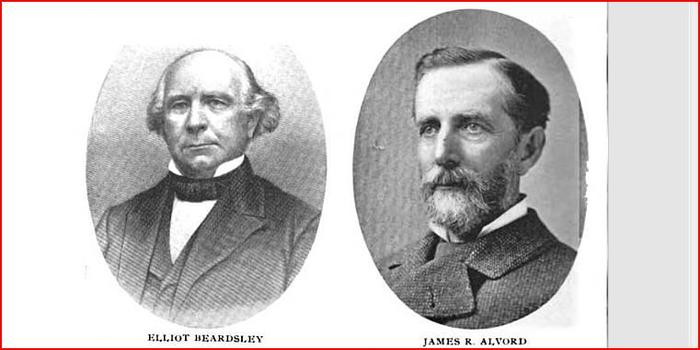
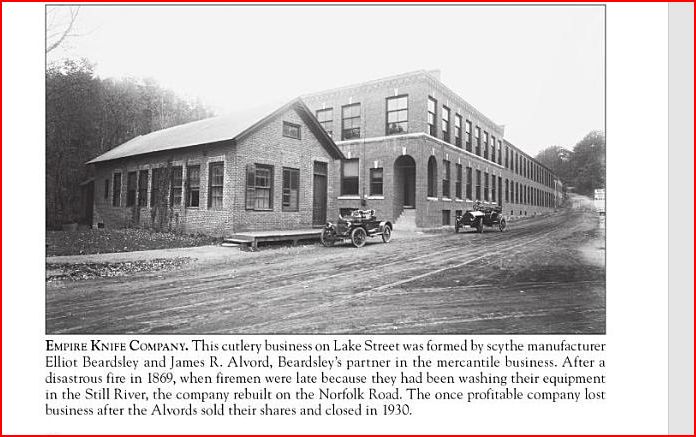

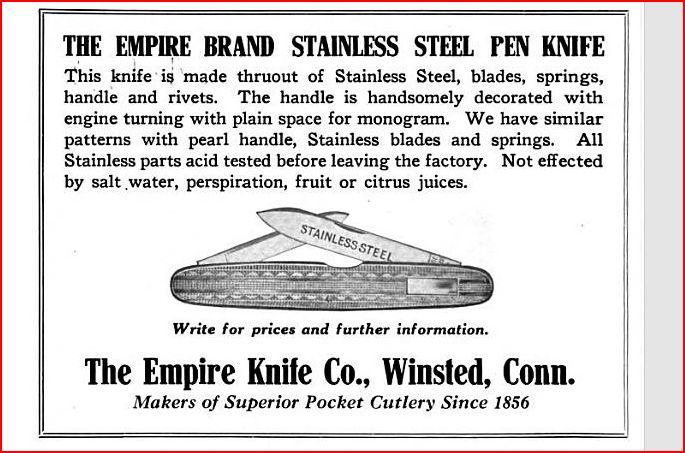

-
-
11-08-2012, 12:35 AM #46Historically Inquisitive



- Join Date
- Aug 2011
- Location
- Upstate New York
- Posts
- 5,782
- Blog Entries
- 1
Thanked: 4249
Seeger and Guernsey's Cyclopedia, list of razors makers.
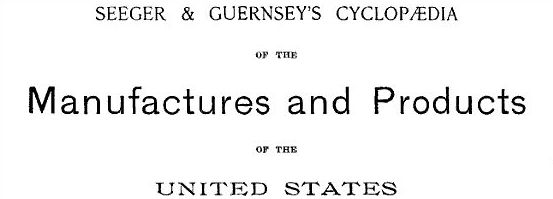


Last edited by Martin103; 11-08-2012 at 12:42 AM.
-
11-08-2012, 01:28 AM #47Historically Inquisitive



- Join Date
- Aug 2011
- Location
- Upstate New York
- Posts
- 5,782
- Blog Entries
- 1
Thanked: 4249
[QUOTE=sharptonn;1050902]Yep. I knew right where to look. 2 Empire, Beardsley and Alvords sleeping with the Sheffies! Thanks, Martin!
 A nice Holly blade has been waiting for scales too!
A nice Holly blade has been waiting for scales too!
Is it Holly or Holley?
-
11-08-2012, 02:15 AM #48

Spelled it wrong, didn't I? Here ya go!
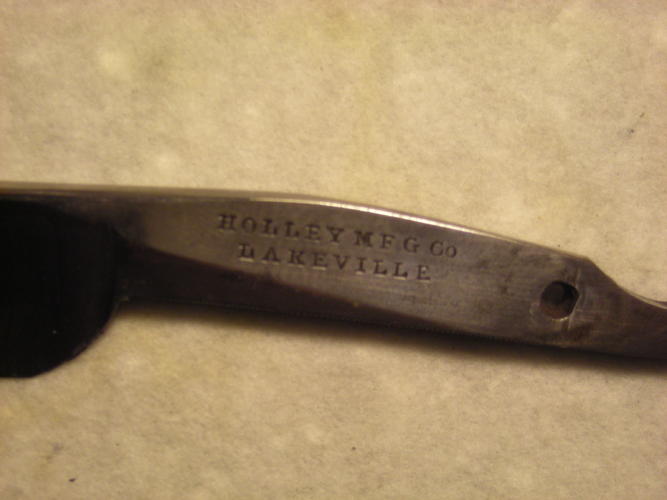
I have several other "obscure" Americans to post as well. Tom"Don't be stubborn. You are missing out."
I rest my case.
-
11-08-2012, 02:20 AM #49

Robeson Cutlery? OH MY!!!!!!
Attachment 111562"Don't be stubborn. You are missing out."
I rest my case.
-
11-08-2012, 02:42 AM #50Historically Inquisitive



- Join Date
- Aug 2011
- Location
- Upstate New York
- Posts
- 5,782
- Blog Entries
- 1
Thanked: 4249
Holley mfg Co Lakeville Conn 1846-1930,
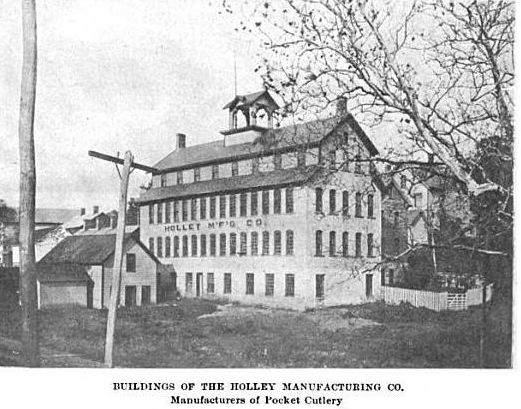
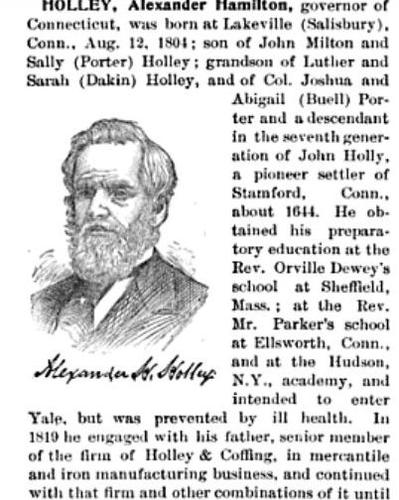
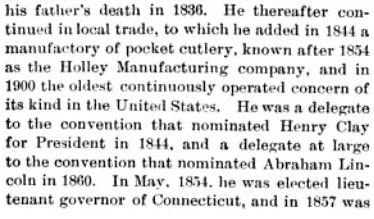
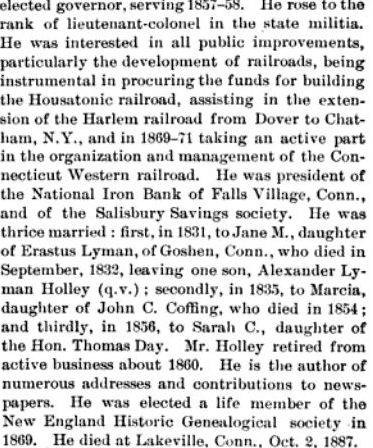
The building still stands today and its just stunning:
http://public.fotki.com/GCDOUGHERTY/...l-1.html#mediaLast edited by Martin103; 11-08-2012 at 02:53 AM.
-


 738Likes
738Likes LinkBack URL
LinkBack URL About LinkBacks
About LinkBacks






 Reply With Quote
Reply With Quote


